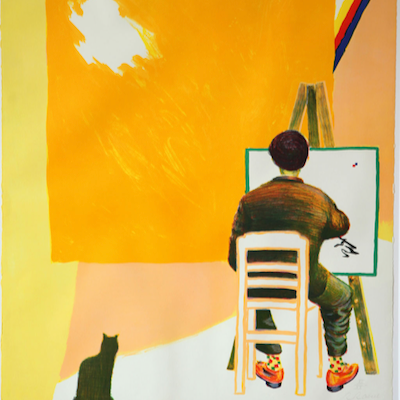Marc Quinn
Marc Quinn (UK, 1964) is a contemporary artist known for exploring themes of identity, nature, and the human condition. Working across sculpture, painting, and installation, his notable works include Self, a sculpture of his frozen blood, and Alison Lapper Pregnant. Quinn’s art often provokes dialogue on physicality and transformation.
- Recently Added
- Price (Low-High)
- Price (High-Low)
- Year (Low-High)
- Year (High-Low)

Artwork by Roger Raveel
What is new figuration?
Neo-Figurative Art is a collective term that refers to the revival of figurative art in America and Europe during the 1960s, following a period dominated by abstraction. Michel Ragon, a French art critic, argued that this resurgence of figuration occurred during a critical time of social and political upheaval in both regions.















